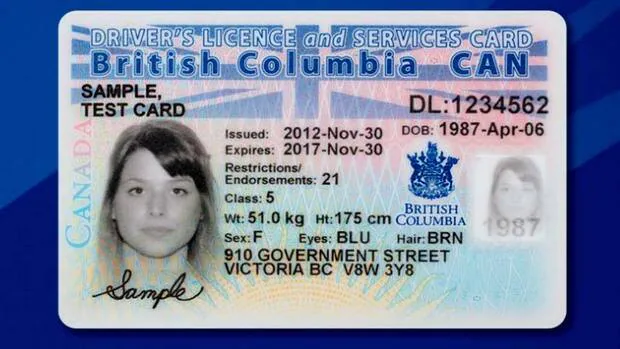Those new to the aviation field may not understand the different pilot licenses available. Basically, there are two types of beginner BRITISH COLUMBIA FAKE DRIVING LICENSE: the sport license and the private license. Of course, the type of flying you wish to do will dictate to a certain degree which license is best for you. But dredging through the 13 qualifications for a private license (complete with subsections and sub-subsections) listed on the FAA website and comparing those with the 36 limits and requirements for a sport license is intimidating for many. Here are a few of the basic differences.
Requirements: To begin training as sport pilot, all you need is a valid driver’s license, as this DOT approved license becomes your medical qualification. Private pilot training requires a third-class medical exam administered by an FAA-authorized aviation medical examiner. This medical exam includes the basics like eyesight, hearing, balance, reflexes, medical history, blood pressure and a urine test. If you are under treatment for many normal health issues, you may not pass this exam.
On that note, you should speak with a pilot training professional before applying for an FAA medical exam to make sure you meet the criteria. If you don’t, you could actually hinder your chances of obtaining a license. If you don’t pass the medical exam for the private license, you will be denied the sport license as well. By answering just a few simple questions, the instructor can aid you in making an informed decision that is likely to save you time and money.
Cost: The sport license was designed as a gateway to flight for hobbyists and a lower-cost beginning for more serious minded aviation enthusiasts. The private license was always a step towards piloting for personal business travel or as preparation for the commercial, professional pilot license. While the sport license is more limited (we’ll get into those specs in a moment), private licenses generally run double – often triple – the price of a sport license. And for those of you who make think a private license will pay for itself in passenger compensation, according to the FAA, private piloted passengers can only help with some expenses such as gas, oil and airport expenditures. That can still leave you with the lion’s share of the bill.
Training: Minimal training for the sport license includes 20 hours of flight time, one solo two-destination cross-country flight, a 40-question written exam and a practical test. For a private pilot license, you need 40 hours of flight time, one five-hour cross-country flight, a 60-question written exam and a practical test. In addition, training during inclement weather such as clouds, rain and fog (called IFR training, which most schools charge extra for) is required in order to fly at night.
Restrictions: The largest restriction on a sport pilot license is that you must fly a “light-sport aircraft,” a new FFA classification of aircraft that weigh no more than 1320 lbs and cruise no faster than 120 knots (132 mph). The private pilot license has fewer restrictions on aircraft, but in many cases requires aircraft-specific training. A sport license enables you to fly with a passenger, but only one. A private pilot has no passenger limit, but as stated before cannot fly for compensation.
Whether you aspire to fly commercially or just on weekend trips, the sport pilot license eliminates many of the obstacles that have traditionally kept flight enthusiasts out of the cockpit. Contact your local flight school to take a discovery flight and see how you can unlock your aviation dreams.
